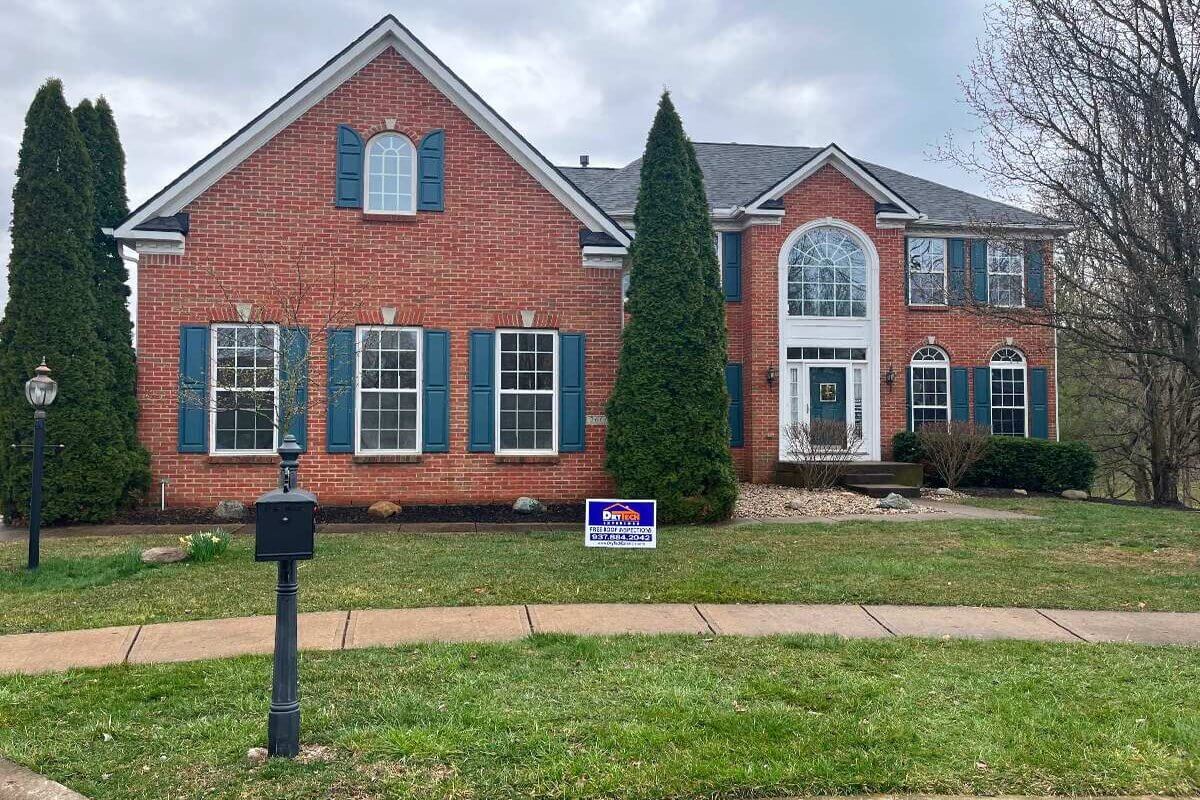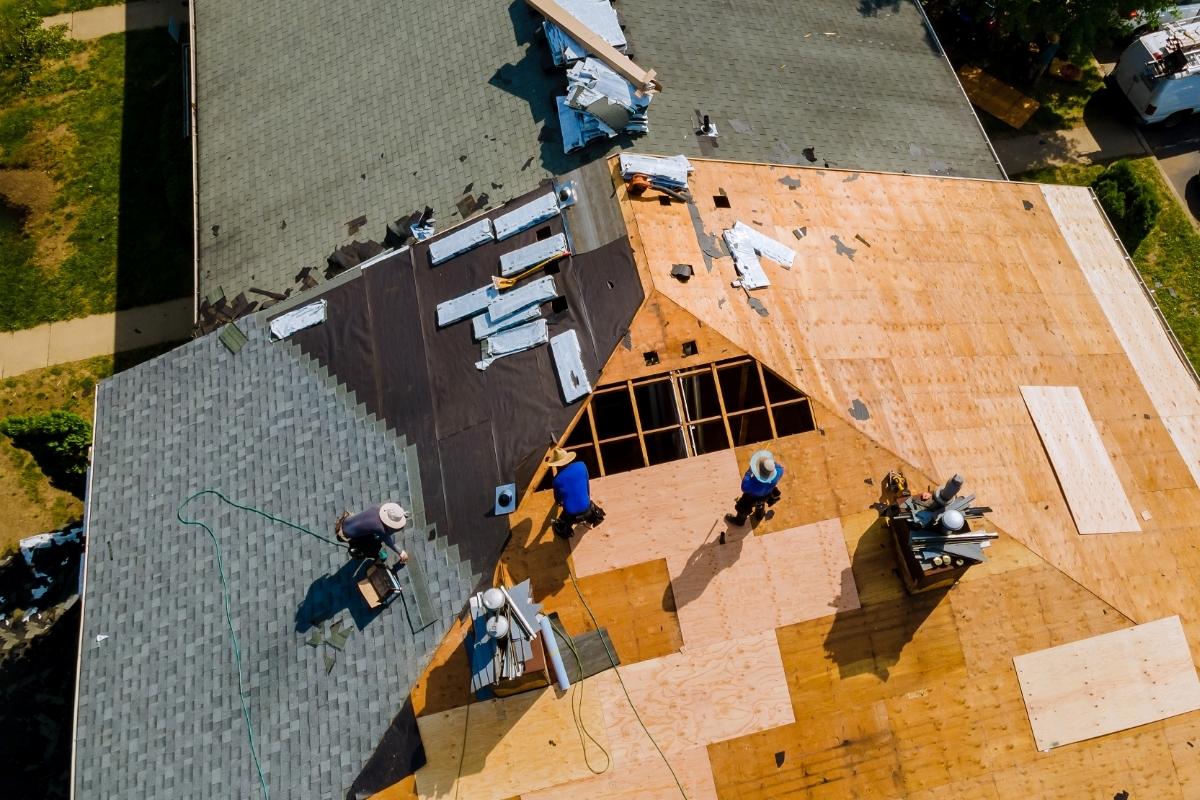When homeowners gaze up at their roofs and notice the shingles starting to curl or buckle, it often triggers an immediate concern. Understanding what these changes signify and how they can affect the integrity of your home is crucial. This guide will explore the causes, impacts, and solutions for curling and buckling shingles, providing you with the knowledge you need to protect your home.
The Warning Signs: Recognizing Curling and Buckling
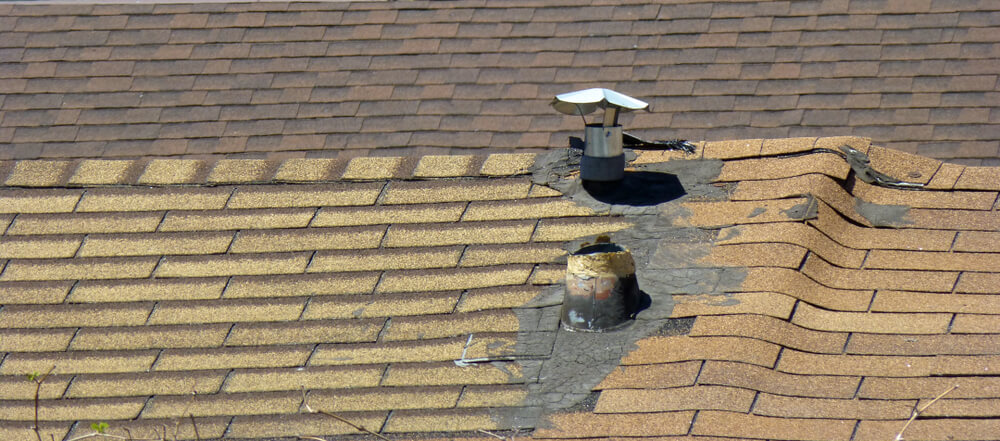
Identifying the Issue
Curling and buckling of shingles are among the most visible signs of wear and potential damage to a roof. Curling refers to the edges of shingles lifting or rolling up, while buckling is characterized by a visible wave or bulge in the shingles, often running vertically up the roof. These deformations can compromise the aesthetic appeal of your home and, more importantly, signal underlying issues that may require immediate attention.
Why It Happens: Underlying Causes
Various factors contribute to the deterioration of roofing shingles. Poor attic ventilation is a leading cause, as it allows heat and moisture to build up underneath the roof, leading to curling. Similarly, improperly installed or aged roofing materials can lose their integrity, resulting in buckling. Environmental factors, such as extreme temperature fluctuations, moisture, and direct sunlight, can also accelerate the wear on your roofing materials, causing them to deform.
The Implications of Roof Shingle Deformation
Impact on Roof Integrity and Home Safety
When shingles begin to curl or buckle, it compromises the roof’s ability to shed water effectively, potentially leading to leaks and water damage inside the home. This moisture intrusion can result in mold growth, rotting wood, and compromised insulation, posing significant risks to the structure of your home and the health of its inhabitants.
Aesthetic and Financial Consequences
Beyond the structural implications, deformed shingles can detract from the visual appeal of your property, potentially reducing its curb appeal and value. Furthermore, if left unaddressed, these issues can lead to more significant, costly repairs down the line, emphasizing the importance of timely intervention.
Solutions and Preventative Measures
Immediate Actions and Repair Strategies
At the first sign of curling or buckling, it’s essential to assess the extent of the damage. Minor issues may be resolved through repairs, such as replacing affected shingles. However, widespread deformation often indicates the need for a more comprehensive approach, such as improving attic ventilation or even replacing the entire roof to prevent future problems.
Long-term Preventative Strategies
To safeguard against future issues, homeowners should prioritize regular roof maintenance and inspections. Ensuring proper ventilation and insulation in the attic can significantly reduce the risk of heat and moisture buildup, thus prolonging the life of your roof. Additionally, selecting high-quality roofing materials and professional installation can prevent many of the problems associated with shingle deformation.
Conclusion
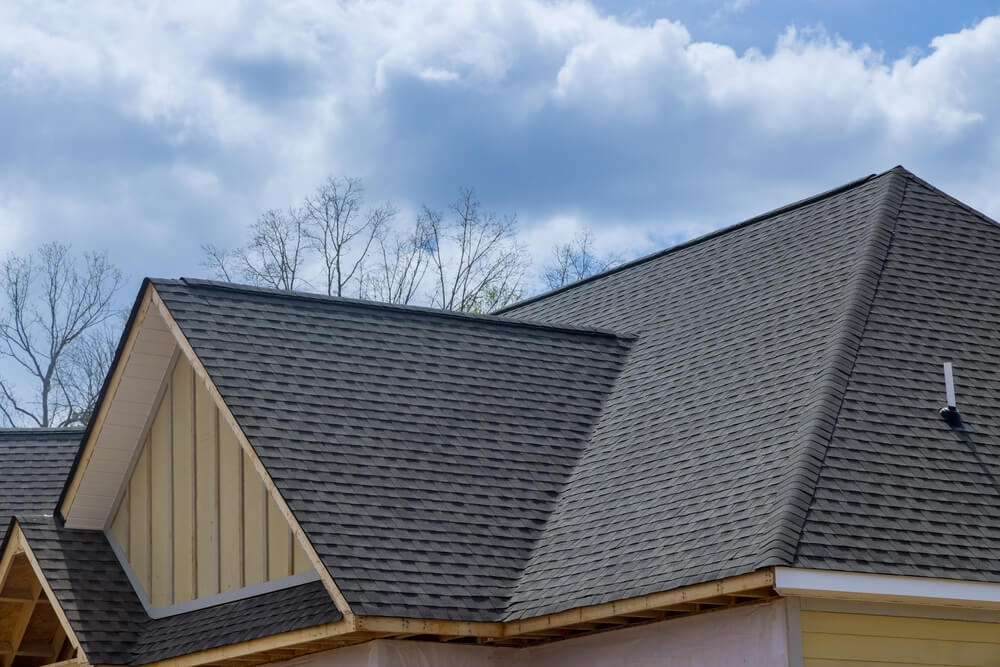
The appearance of curling and buckling on your roof is more than a cosmetic issue; it’s a warning sign that shouldn’t be ignored. By understanding the causes, recognizing the signs early, and taking appropriate action, homeowners can protect their investment and ensure the safety and longevity of their homes. Remember, the key to managing roofing issues lies in proactive care and prompt, informed action.
For any questions or if you’re in need of professional advice or services, don’t hesitate to reach out. Contact DryTech Exteriors today to ensure your roof remains in top condition, safeguarding your home against the elements and preserving its value.
